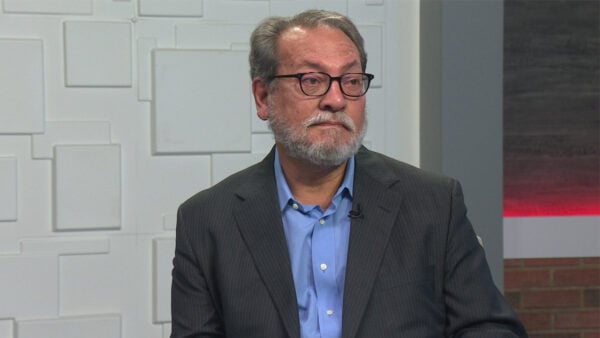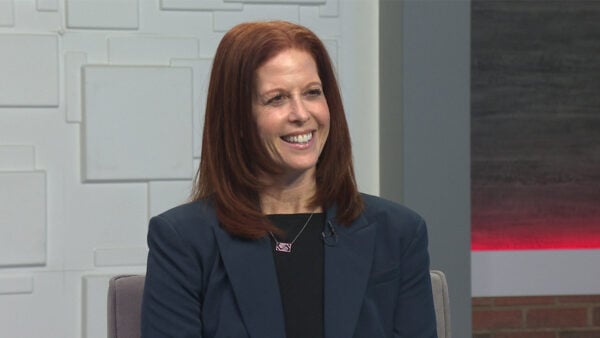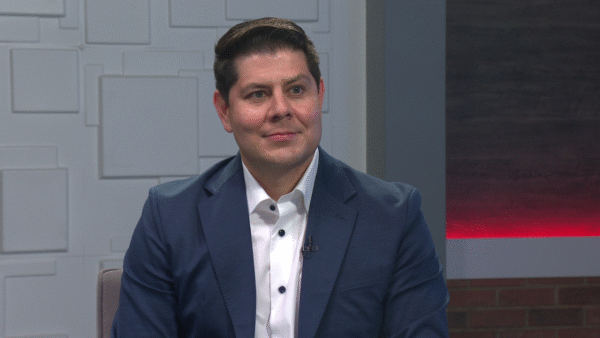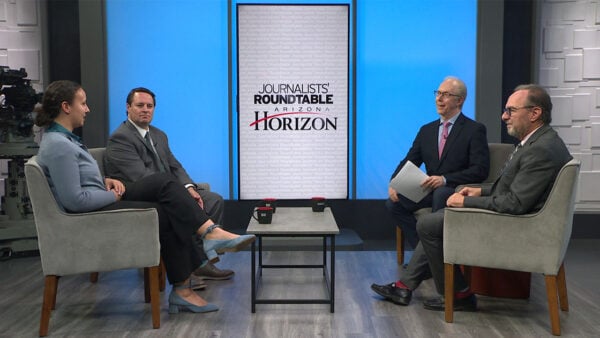Bill created to address U.S. debt ceiling
June 1, 2023
President Biden and House Speaker Kevin McCarthy have agreed to a deal that would prevent the U.S. from defaulting. The deadline for Congress to agree is June 5. The deal protects social security, Medicaid and Veterans’ benefits. It also puts in place new requirements for people to work in order to receive government aid, and it would lift the hold on student loan payback and recall billions in COVID money and IRS funding. As of Tuesday, May 30, Arizona Representative Andy Biggs (R) was voting no on this plan. He’s one of ten GOP lawmakers who intend to vote no.
Arizona Horizon spoke with Dennis Hoffman, Director of the L. William Seidman Research Institute at the W. P. Carey School of Business at Arizona State University.
What are debt ceilings?
“Congress, in their infinite wisdom back about 100 years ago, decided that they were going to pass judgment on the amount of debt that can be outstanding,” Hoffman said. “So periodically, we reach debt limits. This was another episode where we are about to reach the debt limit, so they had to take action to suspend the limit or raise it.”
What about non-defense spending?
There are a handful of expenditures important to people, including things like forest management, federal policing, etc., Hoffman said. Non-defense spending is allocated in places like these, which is everything that falls outside of regular programs like defense.
“On one side of the aisle, the Republicans would give an inch on raising taxes, and they would not give an inch on defense spending,” Hoffman said. But overall, the Republicans wanted to walk away from this with a lower rate of spending. Some COVID relief funds were clawed back.
What does this mean for people in the U.S.?
By not defaulting, we’ve avoided disaster, according to Hoffman. There would have been a complete disruption of the financial market.
“A default would’ve been astroid-like catastrophic for the economy, and so we’ve avoided that,” Hoffman said.




















